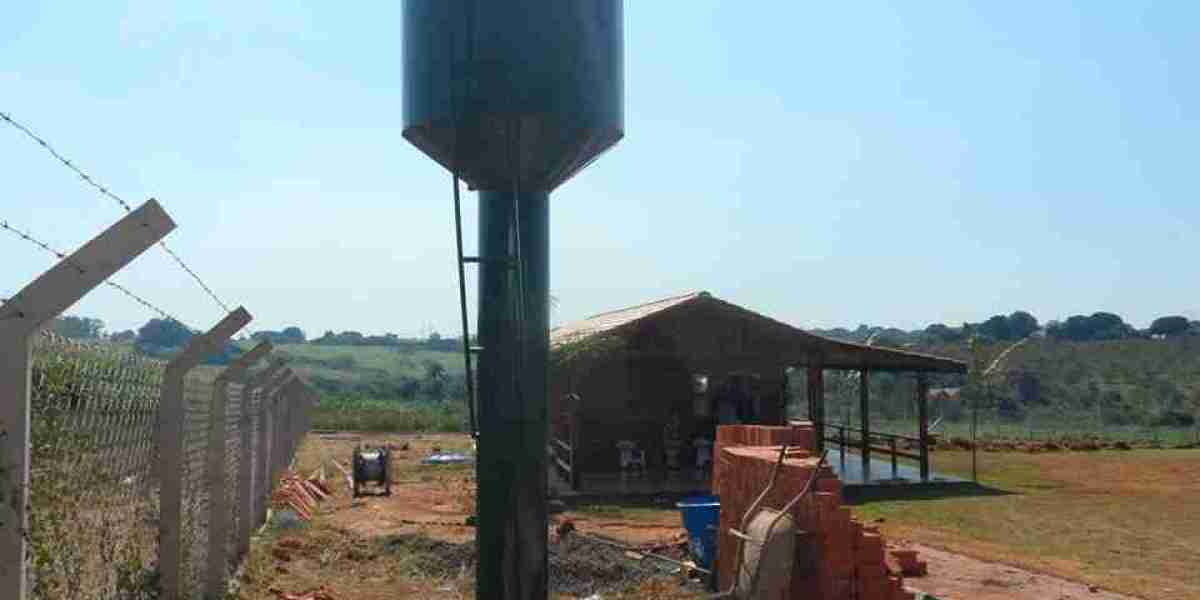Phosphate Category Overview
The phosphate category is anticipated to grow at a CAGR of 3.3% from 2023 to 2030. The growth of the category is strongly influenced by the continual expansion of the food and beverage industry. It plays a vital role in food processing, serving as essential additives and preservatives as it contributes significantly to the flavor, consistency, and longevity of a diverse array of food products.
Phosphate is majorly used in fertilizer. According to MIT News 2023, around 95% of the phosphate ore is utilized to make fertilizers. Additionally, according to the U.S. Geological Survey 2023 report, during 2022, the worldwide phosphate fertilizer industry encountered challenges such as supply interruptions, elevated fertilizer costs in the initial months of 2022, and reduced consumption in certain areas. However, the rising population and urbanization are anticipated to drive up the demand for food and, consequently, fertilizers. According to Rabobank's 2023 report, fertilizer consumption across the globe increased by 3% in 2023 as compared to a 7% decline in 2022. The rising usage of fertilizers in crops is expected to drive the demand for the category.
Order your copy of the Phosphate Procurement Intelligence Report, 2023 - 2030 , published by Grand View Research, to get more details regarding day one, quick wins, portfolio analysis, key negotiation strategies of key suppliers, and low-cost/best-cost sourcing analysis
As environmental consideration is rising, the industry is focusing on adopting eco-friendly approach while converting phosphates into phosphorous which is an intermediate in manufacturing lithium-ion batteries and herbicides. In a paper published in the journal ACS Central Science, the researcher showcased that their approach of using electricity to speed up the chemical reaction that can reduce carbon emissions by half or more during the process of converting the category into phosphorous. Additionally, to meet the growing demand for batteries, companies are continuously increasing the exploration of category to meet the demand. For instance, in July 2023, Norge Mining, a mining company in Norway, completed the exploration of 70 billion tonnes of phosphate deposits and claimed that it is enough to meet the category demand for batteries over the next 100 years.
Phosphate miners are also focusing on acquiring stakes in end-use companies to diversify their phosphate solutions. For example, in September 2022, OCP Group, the largest mining company, signed an agreement with Fertinagro Biotech S.L., a Spanish fertilizers producer, to acquire a 50% stake of GlobalFeed S.L. GlobalFeed operates in animal nutrition products and phosphate-based products. The acquisition would confirm OCP’s objective to diversify its solution in the animal nutrition sector.
China topped the production list with 85,000 metric tons of phosphate production in 2022, followed by Morocco and Uzbekistan, with the production of 40,000 and 21,000 metric tons, respectively. China also has the world's third largest reserves of the category, with 1.9 billion MT of the commodity. The Chinese government has implemented limitations on the export of phosphates as a strategy to reduce domestic fertilizer prices by relying on its own supply. However, Morocco produces less as compared to China, but Morocco has the largest reserves of around 50 billion MT and accounts for 70% of the global reserve.
Suppliers in the category, typically phosphate rock miners, have a moderate level of bargaining power. The availability of phosphate reserves is limited, and suppliers may have some control over prices. However, the presence of multiple suppliers and alternative fertilizers can balance the power dynamics. Companies are also focusing on powering mining operations through natural resources. For instance, in 2023 OCP group, a phosphate rock miner company, intends to power its mining operations through solar at its two facilities situated in the northwest African country.
Phosphate Procurement Intelligence Report Scope
The Phosphate category is expected to have pricing growth outlook of 6% - 7% annual from 2023 to 2030, with below pricing models.
- Volume-based pricing
- competition-based pricing
Supplier Selection Scope of Report
- Cost and pricing
- Past engagements
- Productivity
- Geographical presence
Supplier Selection Criteria of Report
- Quality
- volume range offered
- grade
- contract terms
- delivery option
- safety and environmental compliance
- location and presence of supplier
- others
Phosphate Procurement Intelligence Report Coverage
Grand View Research will cover the following aspects in the report:
- Market Intelligence along with emerging technology and regulatory landscape
- Market estimates and forecasts from 2023 to 2030
- Growth opportunities, trends, and driver analysis
- Supply chain analysis, supplier analysis with supplier ranking and positioning matrix, supplier’s recent developments
- Porter’s 5 forces
- Pricing and cost analysis, price trends, commodity price forecasting, cost structures, pricing model analysis, supply and demand analysis
- Engagement and operating models, KPI, and SLA elements
- LCC/BCC analysis and negotiation strategies
- Peer benchmarking and product analysis
- Market report in PDF, Excel, and PPT and online dashboard versions
Phosphate Procurement Cost and Supplier Intelligence
Labor, land, equipment costs, energy and utilities, maintenance costs, transportation, and others are some of the costs involved in the production of the category. Labor and equipment costs account for a major part of the total costs. The process of extracting the category from phosphate rock involves mining activities. After mining, phosphate rock must be processed to produce phosphate compounds suitable for use in various applications, such as fertilizers or industrial chemicals. The processing costs include energy, chemical reagents, and equipment expenses. The price of phosphate rock in October 2023 was around USD 347.50 per metric tonne, which was USD 47.5 per metric tonne more as compared to November 2022. The efficiency and sustainability of mining operations influence the overall supply and, consequently, the prices of the category.
In terms of phosphate production, it is preferred to have a complete in-house team for various tasks from mining, producing, and distributing million tonnes of high-quality products. Top companies such as OCP Group, Mosaic, and Jordan Phosphate Mines Company have their own mining facilities, reserves, and process teams to convert the product to crop nutrition products. Mosaic also has well-developed connections with small and large farmers to provide the crop nutrients which are needed to grow healthy plants. A complete in-house category production supply chain from mining to quality testing, packaging, and transportation can benefit the company over the long run. Developing a strong relationship with farmers and other consumers, establishing strict quality control measures to assess the quality, and evaluating potential suppliers are some of the best sourcing practices for the category. China and Morocco are the preferred countries for the sourcing category. China’s cheap labor, abundant phosphate production, and minimal transportation cost can result in cost-effective sourcing of the category. On the other hand, Morocco's world's largest reserves and the presence of top companies such as OCP Group make Morocco the second preferred country for sourcing the category.
List of Key Suppliers
- OCP Group
- Mosaic
- Innophos
- Minbos Resources
- PhosAgro
- Jordan Phosphate Mines Company
- Israel Chemicals
- Nutrien
- Prayon S.A.
- Sulux Phosphates
Browse through Grand View Research’s collection of procurement intelligence studies:
- Disposable Medical Gloves Procurement Intelligence Report, 2023 - 2030 (Revenue Forecast, Supplier Ranking & Matrix, Emerging Technologies, Pricing Models, Cost Structure, Engagement & Operating Model, Competitive Landscape)
- Loyalty Programs Procurement Intelligence Report, 2023 - 2030 (Revenue Forecast, Supplier Ranking & Matrix, Emerging Technologies, Pricing Models, Cost Structure, Engagement & Operating Model, Competitive Landscape)
- Helium Procurement Intelligence Report, 2023 - 2030 (Revenue Forecast, Supplier Ranking & Matrix, Emerging Technologies, Pricing Models, Cost Structure, Engagement & Operating Model, Competitive Landscape)
Brief about Pipeline by Grand View Research:
A smart and effective supply chain is essential for growth in any organization. Pipeline division at Grand View Research provides detailed insights on every aspect of supply chain, which helps in efficient procurement decisions.
Our services include (not limited to):
- Market Intelligence involving – market size and forecast, growth factors, and driving trends
- Price and Cost Intelligence – pricing models adopted for the category, total cost of ownerships
- Supplier Intelligence – rich insight on supplier landscape, and identifies suppliers who are dominating, emerging, lounging, and specializing
- Sourcing / Procurement Intelligence – best practices followed in the industry, identifying standard KPIs and SLAs, peer analysis, negotiation strategies to be utilized with the suppliers, and best suited countries for sourcing to minimize supply chain disruptions



